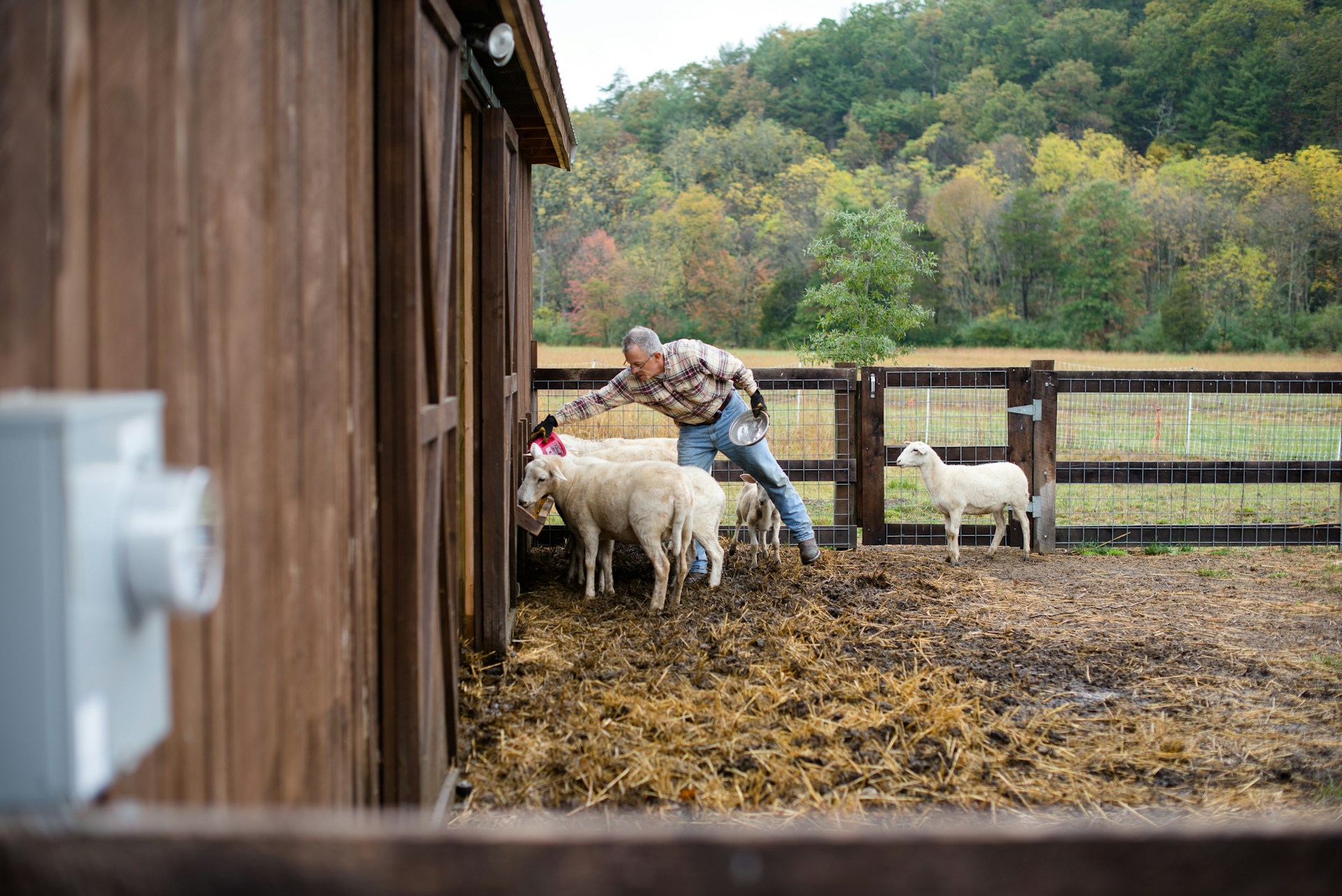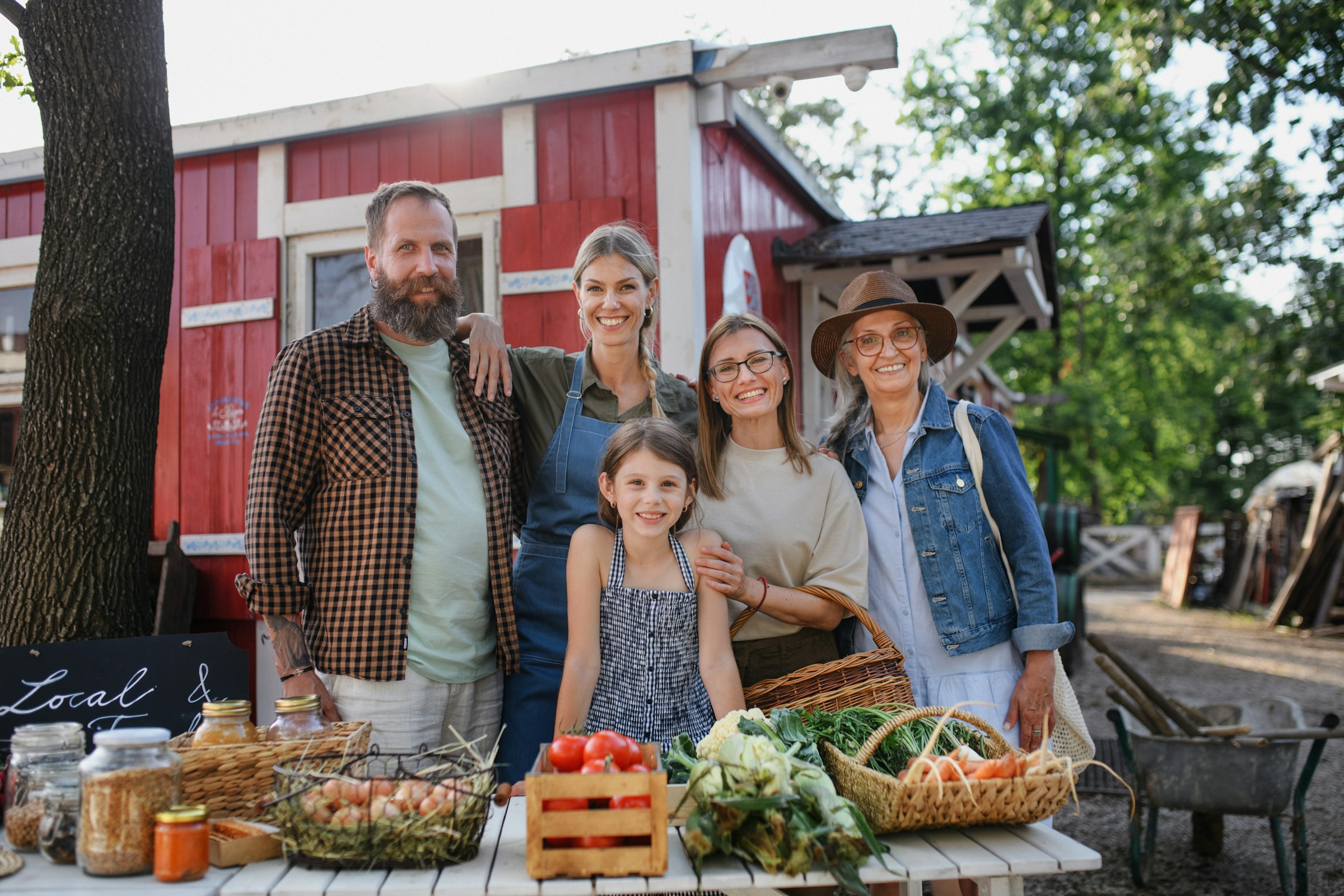Preparedness
Gunfire Strikes Plane at Dallas Airport: Security Concerns Rise

A recent incident at Dallas Love Field has raised significant concerns about aviation security after a bullet struck a Southwest Airlines plane near the cockpit while it was taxiing for takeoff. The unexpected event forced an evacuation of the flight, and authorities are actively searching for the person responsible for the gunfire.
“The fact that it hit so very close to the cockpit seems too much of a coincidence,” noted an airport spokesperson.
Flight 2494, which was preparing for departure to Indianapolis, was hit around 8:30 p.m., according to the Federal Aviation Administration. The plane returned to the gate where passengers disembarked, and fortunately, no injuries were reported.
The runway was temporarily closed as police conducted their investigation. An FBI airport liaison agent has been assigned to collaborate with police and federal partners to ensure a thorough investigation.
Shannon and Jamie Lee, who were on the flight with their children, shared their experience. They recalled the pilot announcing a “rattle outside of the plane” and the need to return to the gate for an inspection. Initially, they believed it was a routine mechanical issue.
Shannon Lee expressed surprise upon learning about the gunfire after landing in Indianapolis, saying, “We had no idea that something happened.”
The couple appreciated Southwest’s handling of the situation but felt passengers should have been informed about the shooting before boarding another flight. Jamie Lee remarked, “I was surprised that they had shut the runway, not really knowing if there were potentially other shots being fired.”
The Lees emphasized the importance of allowing passengers to decide on their safety, with Shannon Lee stating, “You have to give people a choice, whether they want to put their safety at risk a second time in one night.”
Southwest Airlines has since apologized to the Lees and offered a voucher for a future flight. The incident has prompted the Lees to reconsider their travel plans until more is known about the investigation and potential safety improvements.
Armen Kurdian, a retired Navy captain, expressed shock at the incident, saying, “Holy cow, somebody just shot a gun, and it hit a commercial aircraft!” He explained that investigators would focus on determining the bullet’s origin and whether the shot was intentional.
The proximity to the cockpit raises questions about whether it was a targeted attack, as Kurdian noted, “The odds of that happening, I think, got to be really, really high.”
Kurdian also highlighted the potential damage a bullet could cause to an aircraft, ranging from minor issues to more severe impacts on critical systems. Despite the backup systems in place, he acknowledged the security vulnerability this incident exposes.
“Did this put an idea into, say, a non-state or a state actor as, ‘Oh, maybe this is something we can do to disrupt air travel’?” Kurdian pondered.
He suggested that airports and agencies should consider enhanced security measures, such as random sweeps and physical barriers, to prevent similar incidents in the future.
Watch a local news report about the incident below:
Let us know what you think, please share your thoughts in the comments below.

Preparedness
Master Self-Sufficiency: Tips for Going Off-Grid Effortlessly

The journey towards a self-sufficient lifestyle is a profound one, often sparked by the desire to reduce reliance on external systems and embrace a more autonomous way of living. While the idea of completely going off-grid may seem daunting, there are practical steps you can take to ease into this lifestyle transition.
A foundational step in becoming self-sufficient is growing your own food. This not only provides sustenance but also instills confidence in your ability to support your family independently. Begin small with a kitchen garden, cultivating herbs and gradually expanding to a backyard garden with vegetables your family enjoys.
As you gain experience, consider planting successive crops. This technique involves planting seeds at intervals of 7 to 21 days, ensuring a steady supply of produce. Additionally, if space permits, planting fruit trees or shrubs can diversify your food sources, offering fruits and berries.
Composting is another essential practice for those seeking self-sufficiency. It maximizes the use of available resources and significantly enriches the soil for your garden. “It’s making use of what you have and not wasting it.” Seed saving is equally important, allowing you to maintain a sustainable food supply year after year.
Incorporating protein into your diet through self-sufficient means involves raising livestock. Many start with chickens for a steady supply of fresh eggs. If space allows, consider raising a dairy animal, bringing you closer to a self-sufficient lifestyle. Moreover, learning to butcher livestock and mastering hunting and fishing are invaluable skills that ensure you never go hungry.
Transitioning to off-grid living also requires adapting your cooking habits. If you’re accustomed to dining out or using pre-made products, now is the time to learn to cook from scratch. Start with simple dishes using homegrown ingredients and gradually progress to making your own dairy products, such as butter.
Water independence is crucial for off-grid living. Installing a well on your property provides a reliable water source. “Wells are very reliable water sources.” Additionally, collecting rainwater can supplement your water needs, especially for agricultural purposes.
Energy self-sufficiency is another key aspect of off-grid living. Explore alternative energy sources like solar power, wind turbines, or micro-hydro systems, depending on your location. If a full transition isn’t feasible immediately, begin by investing in green energy tools and energy-efficient appliances.
Heating your home sustainably is vital, especially during colder months. A wood-burning fireplace or stove is an excellent investment for this purpose. To prepare for unexpected energy shortages, keeping a backup generator is wise.
Adopting a self-sufficient mindset involves changing daily habits. Line-drying clothes, reusing items, and attempting DIY projects before seeking outside help are practical steps. “Homesteaders should never throw anything away until they have considered how they may reuse it.”
Long-term preparation is critical for a self-sufficient lifestyle. Learn various food preservation methods, such as canning and dehydrating, to ensure your pantry remains stocked with essentials like rice, beans, and pasta. By taking these steps, you can gradually transition to a more self-reliant and fulfilling way of life.
Let us know what you think, please share your thoughts in the comments below.
Preparedness
Unlock Homesteading Secrets for Tiny Spaces and Ultimate Self-Reliance

If you’ve ever thought that homesteading is out of reach due to limited space, it’s time to rethink that notion. With a bit of ingenuity, you can adopt the homesteading lifestyle even in the smallest of areas. Whether you’re working with a modest backyard, a balcony, or just a windowsill, transforming your space into a hub of sustainable living is entirely feasible.
One crucial strategy for small-space gardening is to “think vertically.” Vertical gardening maximizes available space by making use of walls, fences, and trellises. Consider investing in or crafting your own hanging or vertical planters from repurposed materials. This approach enables you to cultivate a diverse array of herbs, vegetables, and even fruits within your limited area.
For those with a balcony, porch, or windowsill, container gardening offers a versatile solution. Select pots of varying sizes and materials, ensuring they have adequate drainage. A lightweight potting mix is ideal, and self-watering containers can add convenience to your gardening efforts.
Starting your homestead with herbs is both easy and rewarding. Herbs like basil, mint, rosemary, thyme, and parsley are compact and thrive in small spaces. “Snip some fresh herbs whenever you need them, and savor the taste of homegrown goodness.”
Collecting rainwater doesn’t require a vast expanse. Install rain barrels or small water tanks to gather rainwater from your roof or balcony. This practice not only nourishes your plants but also diminishes your dependence on municipal water supplies.
Composting is a fundamental practice for any homesteader, regardless of space limitations. Kitchen scraps, yard waste, and even some paper products can be composted. Explore methods such as worm composting or bokashi composting, which are well-suited for small spaces. This not only reduces waste but also generates nutrient-rich soil for your plants.
Repurposing and upcycling are at the heart of the homesteading spirit, and space constraints are no barrier. Transform old pallets into raised beds, start seeds in mason jars, or turn old furniture into planters. The possibilities are endless, allowing you to save money while adding a personal touch to your homestead.
Self-sufficiency is a core aspect of homesteading, and it isn’t limited by the size of your space. Learning essential survival skills, like building a fire or purifying water, is invaluable. Engage in survival classes, join local garden clubs, and connect with local farmers. “The key is to get started and prepare now for unforeseen disasters.”
Let us know what you think, please share your thoughts in the comments below.
Preparedness
Master Wildfire Defense with These Essential Home Protection Tips

Understanding the unpredictable nature of wildfires is crucial for homeowners looking to protect their properties. The primary culprits for home ignitions during these events are embers and small flames. Embers, which are burning fragments of wood or vegetation, can be carried by the wind for over a mile, igniting homes and other structures in their path.
To effectively shield your home from the threat of wildfires, it’s essential to focus on two main factors: the quality of the defensible space around your home and the structural ignitability of the building itself. These elements together form what is known as the Home Ignition Zone (HIZ), which encompasses both the structure and the immediate surroundings.
The goal is to minimize or eliminate fuels and ignition sources within this zone. Defensible space is a crucial element in this strategy, involving the modification of the area around a home to reduce fire hazards. By treating or removing natural and manmade fuels, you can slow the spread of a wildfire and reduce the risk of it reaching your home.
Creating an effective defensible space requires dividing your property into management zones, each with specific treatment techniques. This approach should be applied to all structures on your property, including garages and storage buildings. The design of these zones will depend on factors such as the types and sizes of vegetation on your property.
The first zone to address is the area from the home to five feet out. This non-combustible area is the most vulnerable to embers, making it crucial to start here. Begin by cleaning roofs and gutters of debris and repairing any loose shingles or tiles to prevent ember penetration.
“Replace or repair any loose or missing shingles or roof tiles to prevent ember penetration.”
Additionally, install 1/8 inch metal mesh screening on vents to reduce ember intrusion. Remove flammable materials from wall exteriors and underneath decks or porches.
The next zone extends from five to thirty feet from the home. Here, careful landscaping and hardscaping can influence and decrease fire behavior. Keep lawns and native grasses mowed to a height of four inches and remove ladder fuels to prevent surface fires from reaching tree crowns. Trees should be spaced with a minimum of eighteen feet between crowns, increasing with slope.
Finally, the zone from thirty to one hundred feet, extending to two hundred feet, focuses on interrupting the fire’s path and keeping flames smaller and on the ground. Remove vegetation near outbuildings and ensure adequate spacing between tree canopies.
In areas with high fire danger that are difficult to access, consider using goats for vegetation management. Goats are natural browsers and can effectively prune brush and low tree branches to recommended heights. They also target non-native species that increase wildfire frequency due to their flammability.
“If you throw a bunch of matches into a forest, some small percentage of them might actually start a fire,” explains Bethany Bradley, a professor of environmental conservation at UMass Amherst. “But if you throw a bunch of matches into a big hay pile, there’s a good chance that many of those will catch fire.”
For those planning to build or renovate homes, exploring the latest fire-resistant materials for roofing and siding is advisable. A simple metal roof without dormers can shed embers effectively, reducing the risk of ignition. Regularly consult with local fire professionals for evaluations and updates on fire-resistant technologies to enhance your property’s protection against wildfires.
Let us know what you think, please share your thoughts in the comments below.
-

 Tactical1 year ago
Tactical1 year ago70-Year-Old Fends Off Intruder with Lead-Powered Message
-

 Tactical1 year ago
Tactical1 year agoVape Shop Employee Confronts Armed Crooks, Sends Them Running
-

 Preparedness11 months ago
Preparedness11 months agoEx-Ballerina’s Guilty Verdict Sends Tremors Through Gun-Owner Community
-

 Preparedness10 months ago
Preparedness10 months agoGood Samaritan Saves Trooper in Harrowing Interstate Confrontation
-

 Tactical1 year ago
Tactical1 year agoMidnight SUV Theft Interrupted by Armed Homeowner’s Retaliation
-

 Survival Stories2 years ago
Survival Stories2 years agoEmily’s 30-Day Experience of Being Stranded on a Desert Island
-

 Preparedness10 months ago
Preparedness10 months agoArizona Engineer’s Headless Body Found in Desert: Friend Charged
-

 Preparedness10 months ago
Preparedness10 months agoBoy Saves Dad from Bear Attack with One Perfect Shot
Don
November 22, 2024 at 12:18 pm
We have many nuts out there.
CPO Bill
November 22, 2024 at 7:51 pm
Must be them Haitians!
Don
November 23, 2024 at 1:23 pm
Insane lunacy from the left.